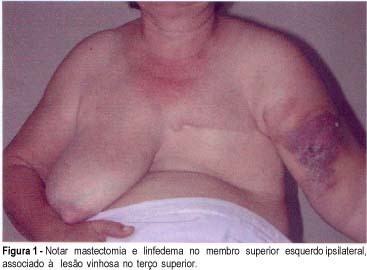Summary
Revista Brasileira de Ginecologia e Obstetrícia. 2022;44(6):573-577
The present study aimed to develop a useful mathematical model that predicts the age at which premature ovarian insufficiency might occur after teletherapy radiation. A diagnosis of premature or early menopause has physical and psychological consequences, so women may need support and long-term medical follow-up.
To correlate ovarian radiation dose with ovarian function, we used the formula described by Wallace et al.: √g(z) = 10(2-0,15z), where “g(z)” and “z” represent oocyte survival rate and the radiation dose (in Gray), respectively. By simulating different ages and doses, we observed a pattern that could be used to simplify the relationship between radiation dose and remaining time of ovarian function.
We obtained a linear function between ovarian radiation dose and loss of ovarian function (LOF) that is the percentage of decrease in the time to the ovarian failure compared with the time expected for a woman at the same age without irradiation exposition. For patients <40 years old and with ovarian radiation doses < 5 Gy, the equation LOF = 2.70 + (11.08 × Dose) can be applied to estimate the decrease in time to premature ovarian insufficiency.
The present study reports a practicable theoretical method to estimate the loss of ovarian function. These findings can potentially improve the management and counseling of young women patients submitted to radiotherapy during their reproductive years.
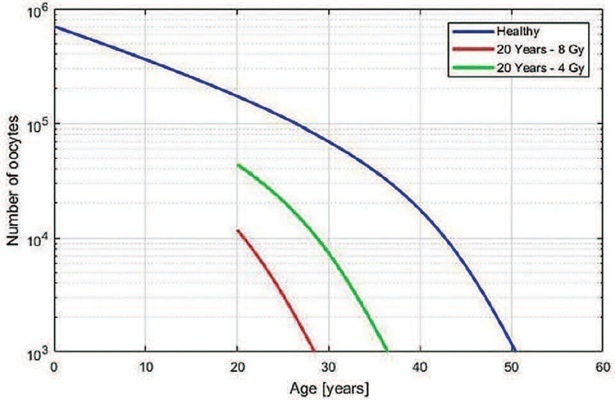
Summary
Revista Brasileira de Ginecologia e Obstetrícia. 2020;42(11):759-768
To analyze the long-term effects of antineoplastic treatments on patient fertility.
The studies were selected through the New PubMed, Scielo and Lilacs databases along with references used for the creation of the present work. For the selection of studies, articles published between the periods from January 1, 2015 to April 6, 2020 in the English, Portuguese and Spanish languages were used. As inclusion criteria: cohort studies and studies conducted in vitro. As exclusion criteria: review articles, reported cases, studies that do not address thematic reproduction, studies that do not address the cancer theme, articles that used animals, articles that address the preservation of fertility and articles in duplicate in the bases.
The collected data included: age of the patient at the beginning of treatment, type of neoplasm, type of antineoplastic treatment, chemotherapy used, radiotherapy dosage, radiotherapy site, effect of antineoplastic agents on fertility and number of patients in the study.
Thirty studies were evaluated, antineoplastic chemotherapy agents and radiotherapy modulate serum hormone levels, reduces germ cell quantities and correlated with an increase in sterility rates. The effects mentioned occur in patients in the prepubertal and postpubertal age.
Antineoplastic treatments have cytotoxic effects on the germ cells leading to hormonal modulation, and pubertal status does not interfere with the cytotoxic action of therapies.
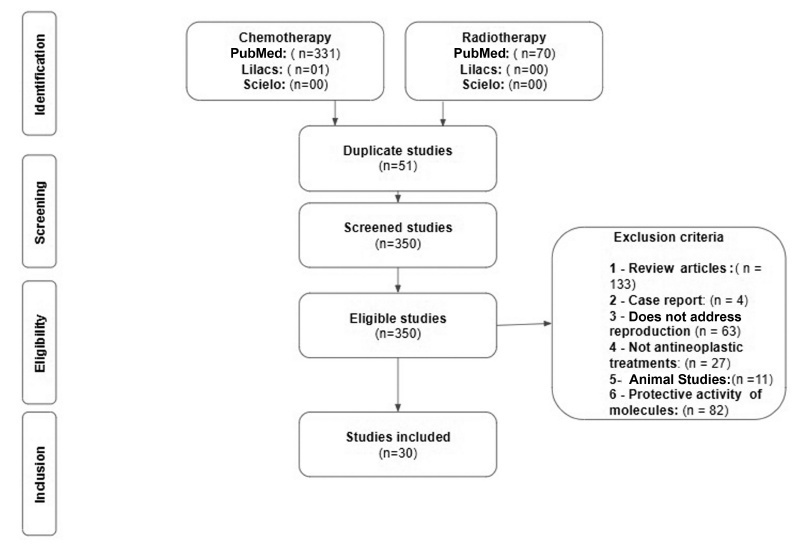
Summary
Revista Brasileira de Ginecologia e Obstetrícia. 2020;42(5):297-302
Desmoplastic small round cell tumor (DSRCT) is a rare intraabdominal neoplasm that grows along serosal surfaces and is primarily found in young men. To Keywords date, only 16 cases of ovarian DSRCT have been previously reported in women in the English literature, and no large population-based studies on this topic exist.
We report the case of a 19-year-old virgo with unremarkable past medical history, initially presented with abdominal fullness. After being treated with the optimal treatment modality (primary and secondary surgical debulking, unique chemotherapy, protocol and adjuvant radiotherapy), the patient has remained without tumor disease for 40 months.
Although the best therapy for patients with DSRCT has yet to be determined, combining complete surgical resection, adjuvant chemotherapy, and radiotherapy is required to prolong survival and to achieve proper quality of life.
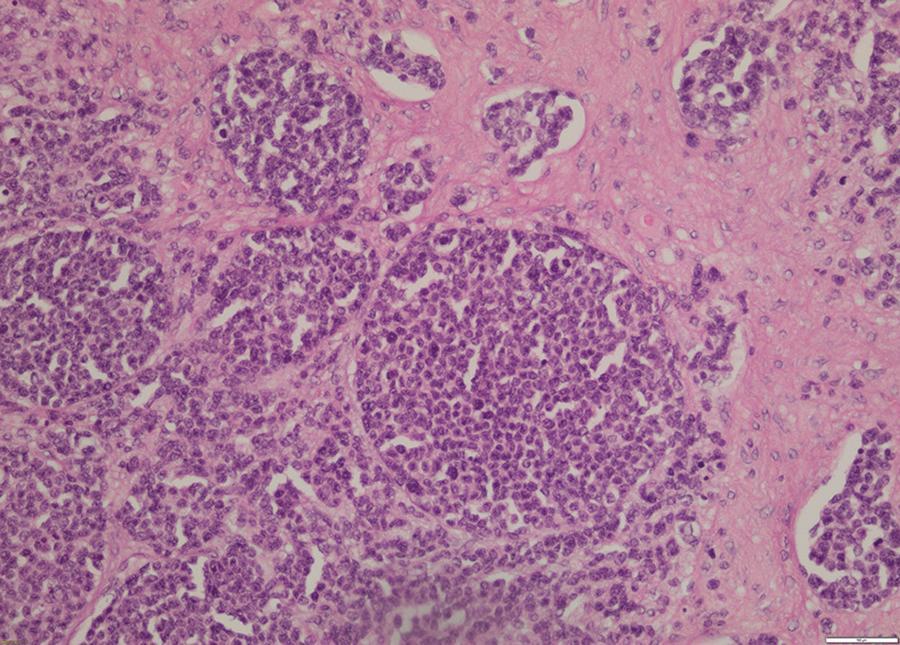
Summary
Revista Brasileira de Ginecologia e Obstetrícia. 2019;41(6):412-416
Extramammary Paget disease is a rare neoplastic condition that more commonly affects postmenopausal Caucasian women. Although the vulvar area is the most frequently affected location, it corresponds solely to 1 to 2% of all vulvar malignancies. A 72-year-old female patient was observed in our outpatient clinic with a 2-year history of an erythematous and pruritic plaque on the vulva. Histopathology and immunohistochemistry studies were compatible with extramammary Paget disease of the vulva. Associated neoplastic conditions were excluded. Due to multiple relapses, the patient was submitted to three surgical interventions, including a total vulvectomy, and to external radiotherapy. The present case illustrates the chronic and recurrent nature of extramammary Paget disease despite aggressive procedures as well as the challenge in obtaining tumor-free resection margins.
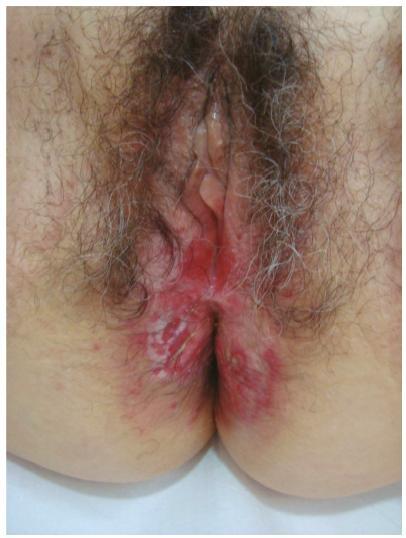
Summary
Revista Brasileira de Ginecologia e Obstetrícia. 2014;36(4):157-162
DOI 10.1590/S0100-720320140050.0002
It was to assess the risk of cardiovascular disease (CVD) in breast cancer survivors (BCS).
This cross-sectional study analyzed 67 BCS, aged 45 -65 years, who underwent complete oncological treatment, but had not received hormone therapy, tamoxifen or aromatase inhibitors during the previous 6 months. Lipid profile and CVD risk were evaluated, the latter using the Framingham and Systematic COronary Risk Evaluation (SCORE) models. The agreement between cardiovascular risk models was analyzed by calculating a kappa coefficient and its 95% confidence interval (CI).
Mean subject age was 53.2±6.0 years, with rates of obesity, hypertension, and dyslipidemia of 25, 34 and 90%, respectively. The most frequent lipid abnormalities were high total cholesterol (70%), high LDL-C (51%) and high non-HDL-C (48%) concentrations. Based on the Framingham score, 22% of the participants had a high risk for coronary artery disease. According to the SCORE model, 100 and 93% of the participants were at low risk for fatal CVD in populations at low and high risk, respectively, for CVD. The agreement between the Framingham and SCORE risk models was poor (kappa: 0.1; 95%CI 0.01 -0.2) for populations at high risk for CVD.
These findings indicate the need to include lipid profile and CVD risk assessment in the follow-up of BCS, focusing on adequate control of serum lipid concentrations.
Summary
Revista Brasileira de Ginecologia e Obstetrícia. 2010;32(3):133-138
DOI 10.1590/S0100-72032010000300006
PURPOSE: to assess the influence of physiotherapy performed during radiotherapy (RT) on the quality of life (QL) of women under treatment for breast cancer. METHODS: this was a randomized clinical trial conducted on 55 women under RT treatment, 28 of whom were assigned to a group submitted to physiotherapy (PG) and 27 to the control group receiving no PG (CG). The physiotherapy technique used for PG was kinesiotherapy for the upper limbs using 19 exercises actively performed, with a series of ten rhythmic repetitions or stretching movements involving flexion, extension, abduction, adduction, internal and external shoulder rotation, separate or combined. QL was evaluated using the Functional Assessment of Cancer Therapy-Breast (FACT-B), at the beginning and at the end of RT and six months after the end of RT. The physiotherapy sessions were started concomitantly with RT, 90 days after surgery, on average. RESULTS: there was no difference between subgroups regarding the following subscales: physical well-being (p=0.8), social/family well-being (p=0.3), functional well-being (p=0.2) and breast subscale (p=0.2) at the three time points assessed. A comparison of the emotional subscale applied at the three evaluations demonstrated a better behavior of PG as compared to CG (p=0.01), with both groups presenting improvement on the breast subscale between the beginning and the end of RT (PG p=0.0004 and CG p=0.003). There was improvement in FACT-B scores at the end of RT in both groups (PG p=0.0006 and CG p=0.003). However, at the sixth month after RT, this improvement was maintained only in PG (p=0,005). QL assessed along time by the FACT B (p=0.004) and the Trial Outcome Index (TOI) (sums of the physical and functional well-being subscales and of the breast subscale) was better for PG (p=0.006). There was no evidence of negative effects associated with the exercises. CONCLUSIONS: the execution of exercises for the upper limbs was beneficial for QL during and six months after RT.
Summary
Revista Brasileira de Ginecologia e Obstetrícia. 2006;28(6):365-372
DOI 10.1590/S0100-72032006000600008
As therapeutic approaches for oncologic diseases are being improved and an increase in the survival rates are being achieved, long-term complications of these therapies, initially infrequent, assume these days an important place when considering life quality. Among the long term repercussions appears the premature ovarian failure. According to the recommendations of the American Society of Clinical Oncology recently published, the only procedures available nowadays considered to be effective for female fertility preservation are: embryo cryopreservation, conservative gynecological surgery and oophoropexy in cases of local radiotherapy. All the other proposed techniques, surch as: ovarian suppression and oocyte and ovarian tissue cryopreservation, although present promising results, are still considered as experimental options. The best choice for fertility preservation in each specific case depends on patient's age, type of treatment, existence of a partner, time available until chemo- or radiotherapy beginning, and the ovarian metastatic potential of the tumor. In the present manuscript, the available and experimental techniques for fertility preservation are revised and discussed.
Summary
Revista Brasileira de Ginecologia e Obstetrícia. 2003;25(3):211-214
DOI 10.1590/S0100-72032003000300011
The authors present a case of lymphangiosarcoma in the upper left limb of a 52-year-old patient previously submitted to a left-sided modified radical mastectomy followed by radiotherapy due to breast cancer six years earlier. This rare syndrome is associated with chronic lymphedema as a consequence of radical mastectomy followed by radiotherapy. Approximately 400 cases have been reported in the literature. The infrequent occurrence of this disease and the rather innocuous appearance of the tumor often lead to late diagnosis and treatment. In the present case, the diagnosis was based on an incision biopsy of the lesion and confirmed immunohistochemically using endothelial markers, antibodies (anti-CD31), vimentin and muscle actin. The patient's limb was amputated and no local or distant recurrence has so far been observed during 18 months of follow-up.
